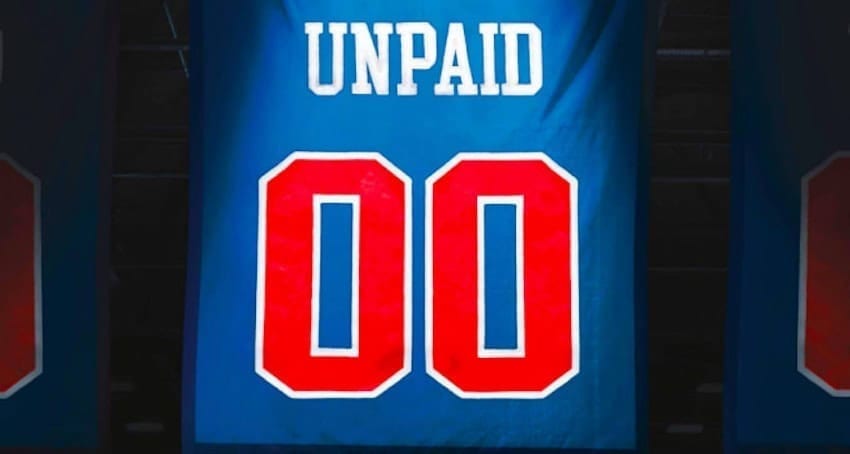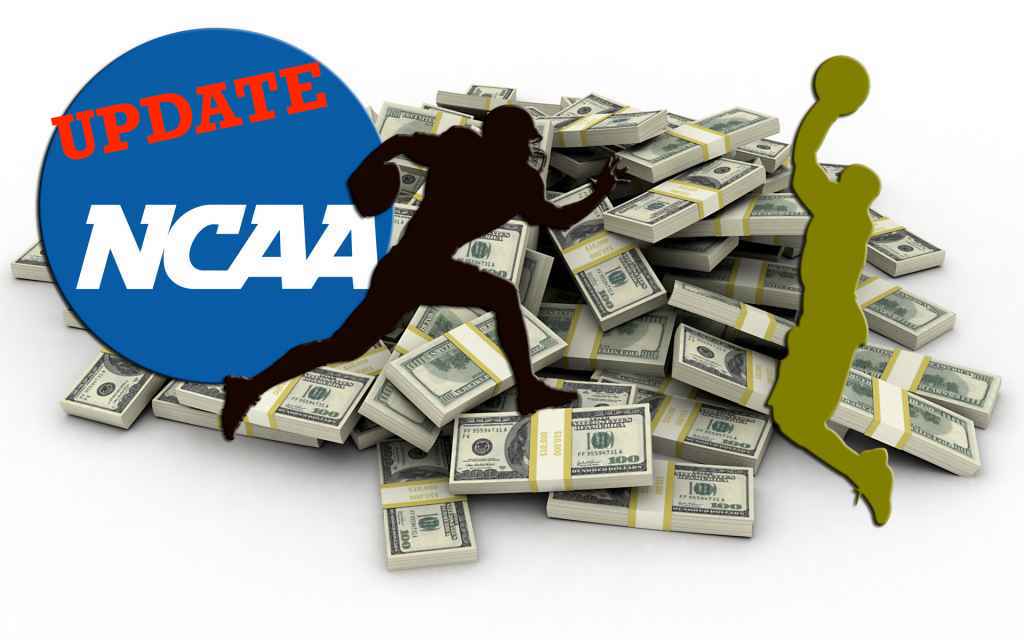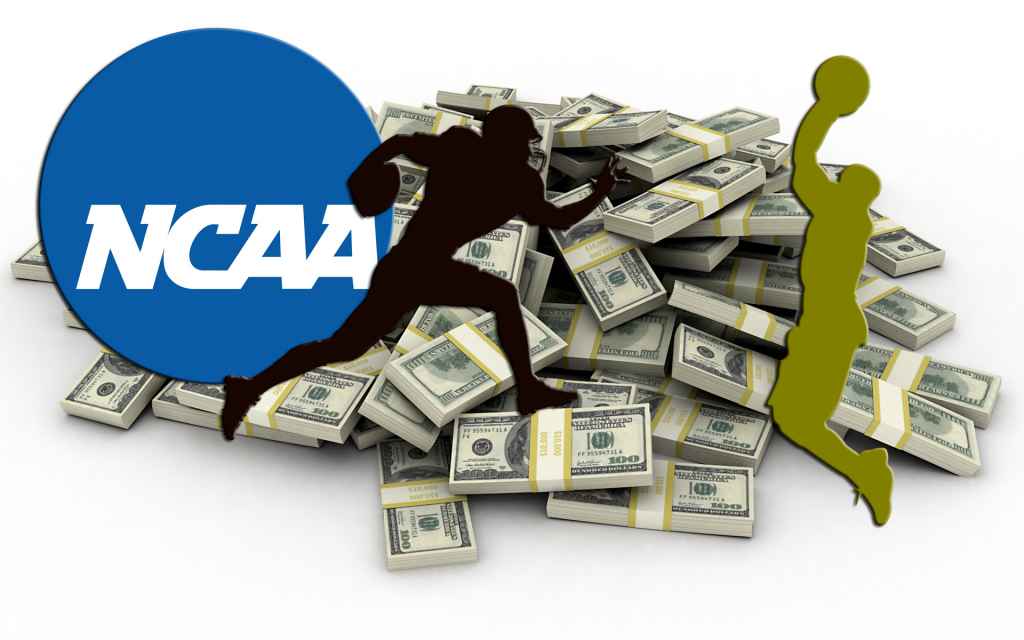On the night of one the most exciting preseason games of LeBron James’ career, he demonstrated yet again that he is “more than an athlete.” On Tuesday night, LeBron James made his debut at Staples Center during the Lakers preseason home opener against the Denver Nuggets. However, James’ “more than an athlete” demonstration did not take place on the court. It took place on the airways in Americans homes’ as LeBron James HBO Documentary ‘Student-Athlete’ aired the same night on HBO.
The documentary is a searing indictment of the NCAA and the billion-dollar college athletics industry. The documentary exposes the exploitative nature of the industry and the detrimental effect the system has on the lives of those the NCAA claims to protect. It shows that the NCAA does not work to serve the best interest of “student-athletes.” Hopefully, those who may have been “on the fence” in the “pay for play” debate will at least acknowledge that college athletics is in need of reform after seeing the documentary.
What is the NCAA?
The NCAA is the governing body for college athletics, and the colleges are member institutions of the NCAA. The NCAA’s so-called purpose is to protect the well-being of college athletes and to ensure their lifelong success. For years, the NCAA has failed to live up to this purpose. The Student-Athlete Documentary drives this point home through the stories of those highlighted in the film.
The Exploitative Nature of the NCAA is Really Nothing New
For years, college athlete rights advocates have pointed out the hypocrisy of the NCAA’s model. The NCAA’s failure to deliver on the promise made to so many college athletes of looking out for their best interest. The NCAA and its member institutions promise college athletes a meaningful education that will lead to a bright and prosperous future. Unfortunately, for so many athletes this is not their reality.
The documentary highlights the story of Mike Shaw who suffered serious back injuries from basketball. While he received a degree, he was unable to find a job. He was forced to delay treatment for his injuries because he did not have insurance. As a result, Shaw suffers from physical and mental health issues. The NCAA essentially failed Mike Shaw as they failed to help him prepare for and transition to life after basketball.
If the NCAA wants to ensure lifelong success for its “student-athletes,” they must do a better job of helping former athletes transition to life after their sport. The NCAA could accomplish this by allowing the athletes to receive the full value of their worth in college. There are several ways the NCAA could achieve this. One way is for the NCAA to adopt some variation of the Olympic model. Doing this would allow college athletes to earn more of their worth. It would place them in a better financial position to transition to life after sports.
Why is the NCAA so Powerful?
Although the NCAA does not acknowledge it, college football and basketball is a pseudo minor league for the NFL and NBA. Many high school athletes seek to make it to D1 college athletics in hopes of making it professionally. This is what makes the NCAA so powerful. College athletics is the track to the NFL and NBA. However, the athletes are not as free as they may seem to leave college and go professional. The documentary made this point when it highlighted the story of Silas Nacita.
Nacita played football for Baylor University until he was declared ineligible. Nacita, who was homeless, was declared ineligible when he accepted housing from his friend’s grandparents. The grandparents had no interest in football and only wanted to help someone who was in need. As a result of this, Nacita was not able to complete his last year of college eligibility. He was subsequently declared ineligible to for the NFL draft. To be eligible for the NFL, the player must have been out of high school for three years and must have used all of their college eligibility.
As was shown in the documentary, those rules did nothing to help Nacita. They actually hurt him. He was not able to compete in college and was not able to be seen by NFL scouts because of rules set by the NCAA and the universities. Nacita was in a no-win situation all because the NCAA and their member institutions work to ensure college athletes receive no benefit for their athleticism other than a scholarship no matter how dire their need.
The Documentary Will Hopefully Foster Conversations that Will Lead to Reform
After watching LeBron James HBO Documentary, it is clear that college athletics still needs reform. Little changes have been made, such as the allowance of cost-of-attendance scholarships, but that is not enough. The NCAA has made it clear that their primary focus is protecting “amateurism” and their bottom line instead of “student-athlete” well being. Viewers should watch Student-Athlete with an open mind. They should try to see that the NCAA’s primary objective is not what it claims. After watching, viewers will hopefully acknowledge the need for college athletics reform.





